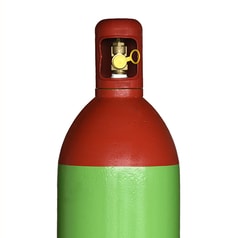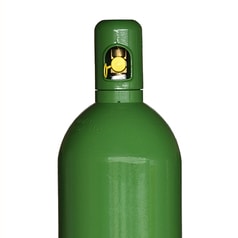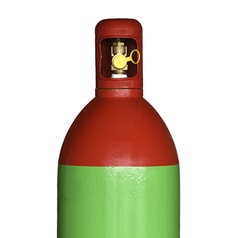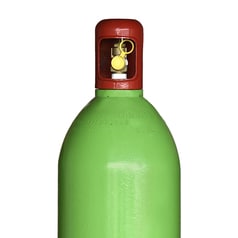Pour bénéficier d’un affichage optimal de la boutique en ligne de PanGas, vous avez besoin pour le navigateur de la version minimale suivante:
• Internet Explorer 9.0
• Mozilla Firefox 38
• Safari 8
• Chrome 45
Veuillez vous assurer que JavaScript est activé dans les paramètres de votre navigateur.
Plasma welding
Plasma welding is a melting process that uses the gas jet in a plasma state to melt a material and blow it out of the joint
The electrode is located in a water- or air-cooled gas nozzle inside the torch. Plasma gas is passed through the nozzle and is strongly constricted with the arc (pilot arc) at the end of the nozzle. The plasma gas is ionized and strongly heated. The resulting plasma jet can reach temperatures up to 30,000°C. The hot arc produces the high energy density. The jet has a very high speed when it hits the workpiece. During this process, so-called recombination takes place. The heat is transferred to the workpiece, melting the material. The gas finally cuts the material out of the notch.
More information
Advantages of plasma welding
- Less heat input, narrower heat-affected zone and thus less distortion of the workpiece
- Higher cutting speed for thin and medium sheet thicknesses
- Simple automation possible
- No special requirements for the metal surface, even metals covered with rust and primers can be cut
Disadvantages of plasma welding
- A lot of dirt
- Much noise
- High compressed air requirement
- Only for conductive metals (standard application)
G
Add to cart
Add to cart
Add to cart
Add to cart





